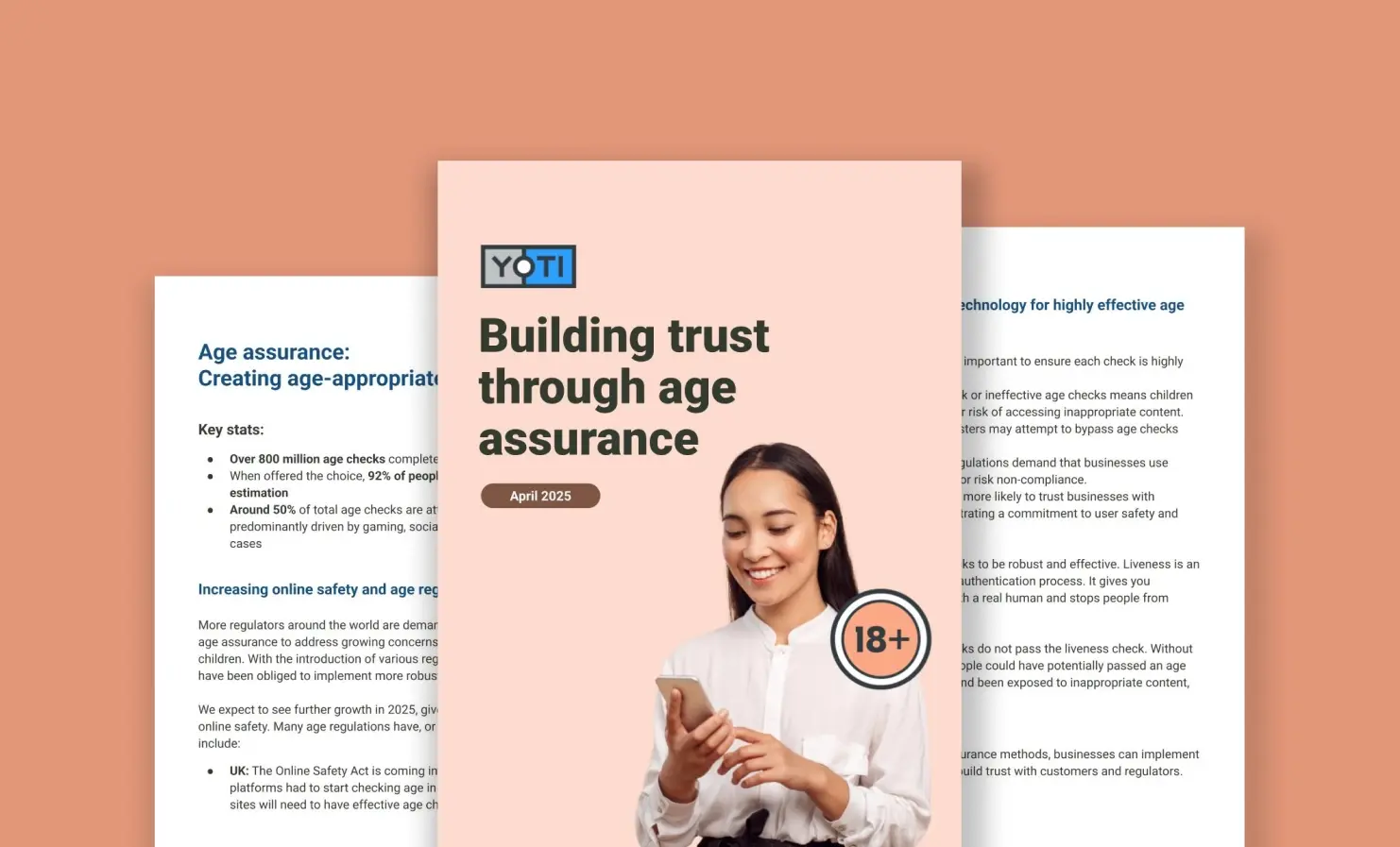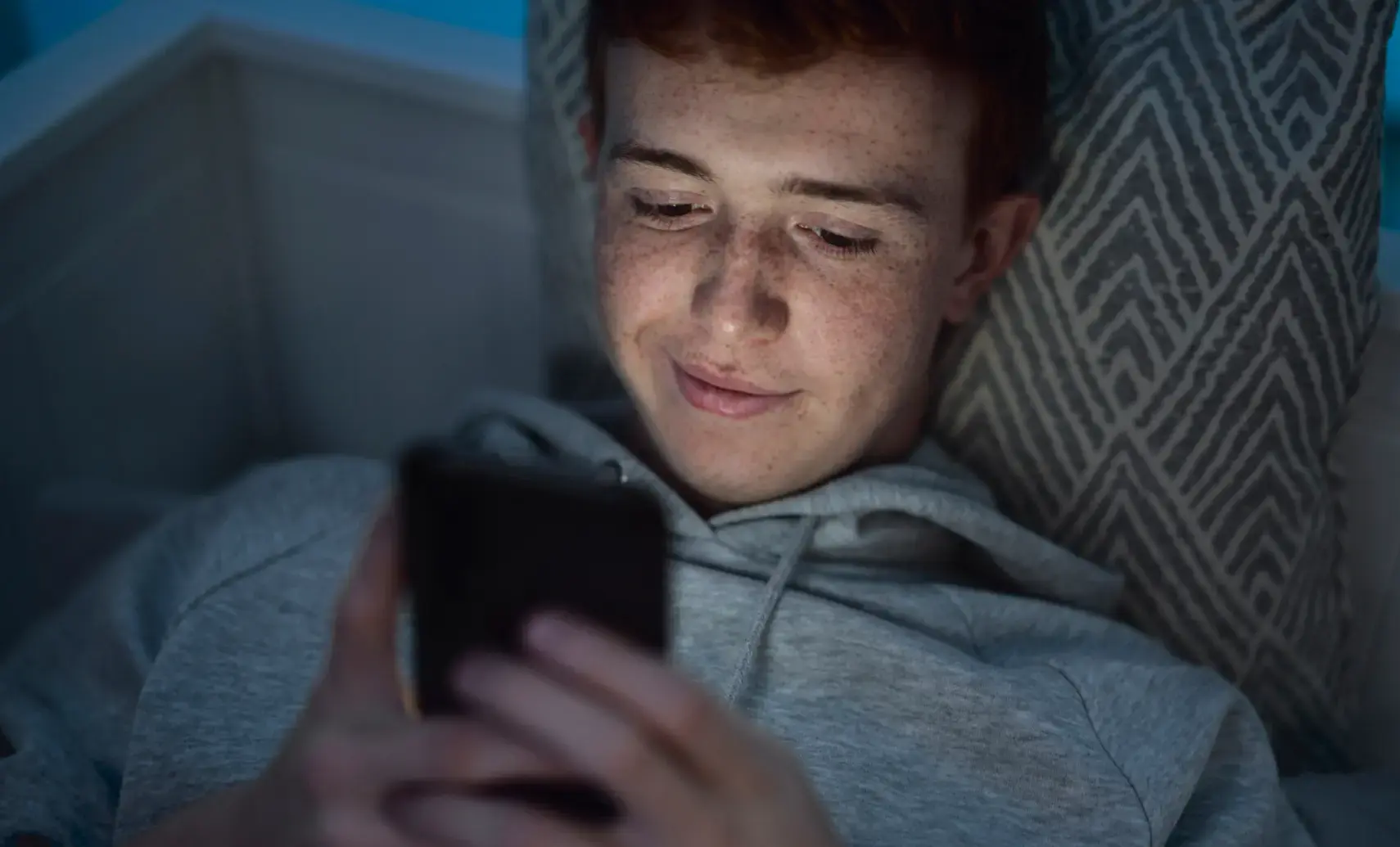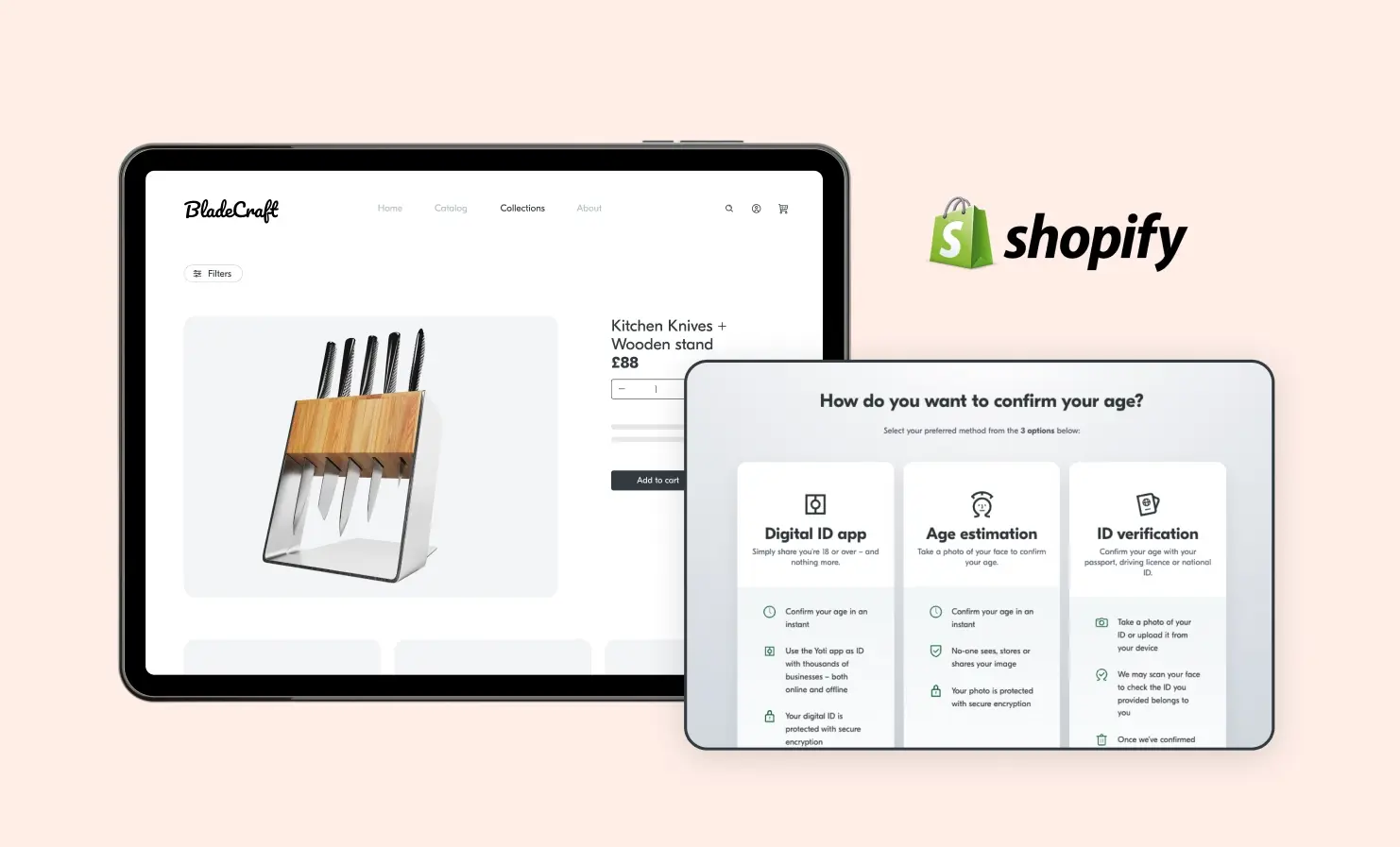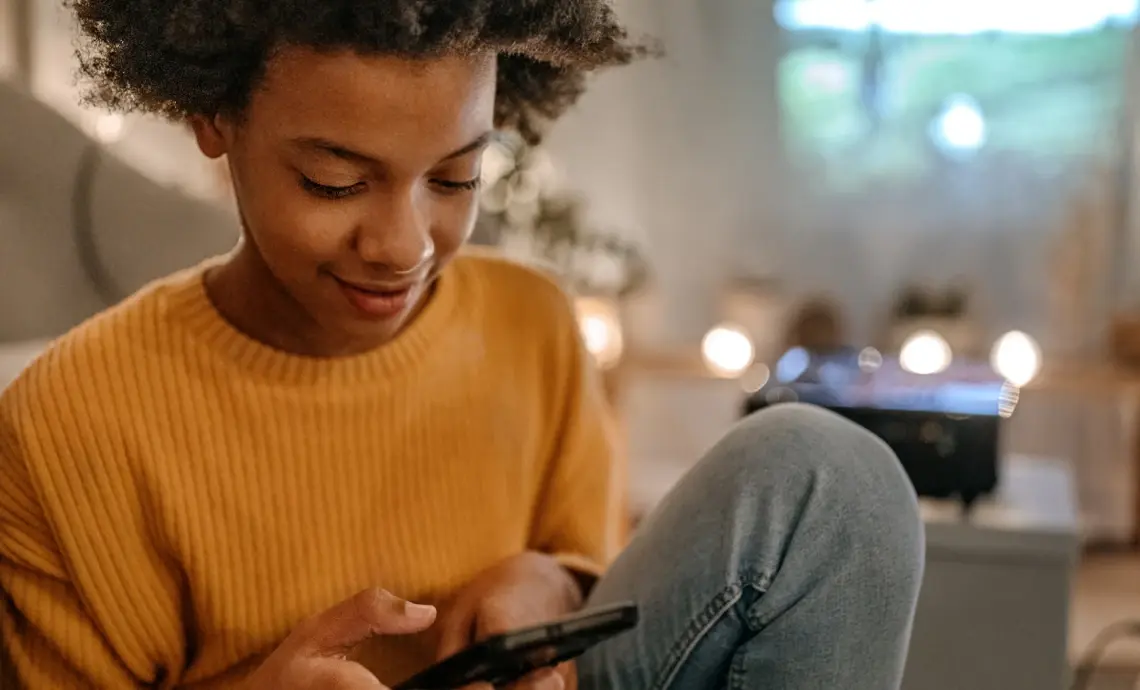
Governments around the world are increasingly prioritising online safety and age regulations, with new laws emerging across multiple countries.
This report explores the growing demand for privacy-preserving age assurance and how businesses are adapting to meet regulatory requirements. Using proprietary data, our latest report explores:
- The growing demand for privacy-preserving age assurance
- How businesses are adapting to meet regulatory requirements
- Key trends in age assurance
- How Yoti’s solutions are protecting young people, safeguarding privacy, and helping businesses implement robust, trusted and effective age checks



